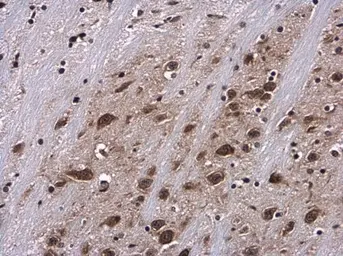RPS6 (phospho Ser235) antibody
Cat. No. GTX132281
Cat. No. GTX132281
-
HostRabbit
-
ClonalityPolyclonal
-
IsotypeIgG
-
ApplicationsWB IHC-P
-
ReactivityHuman, Mouse


